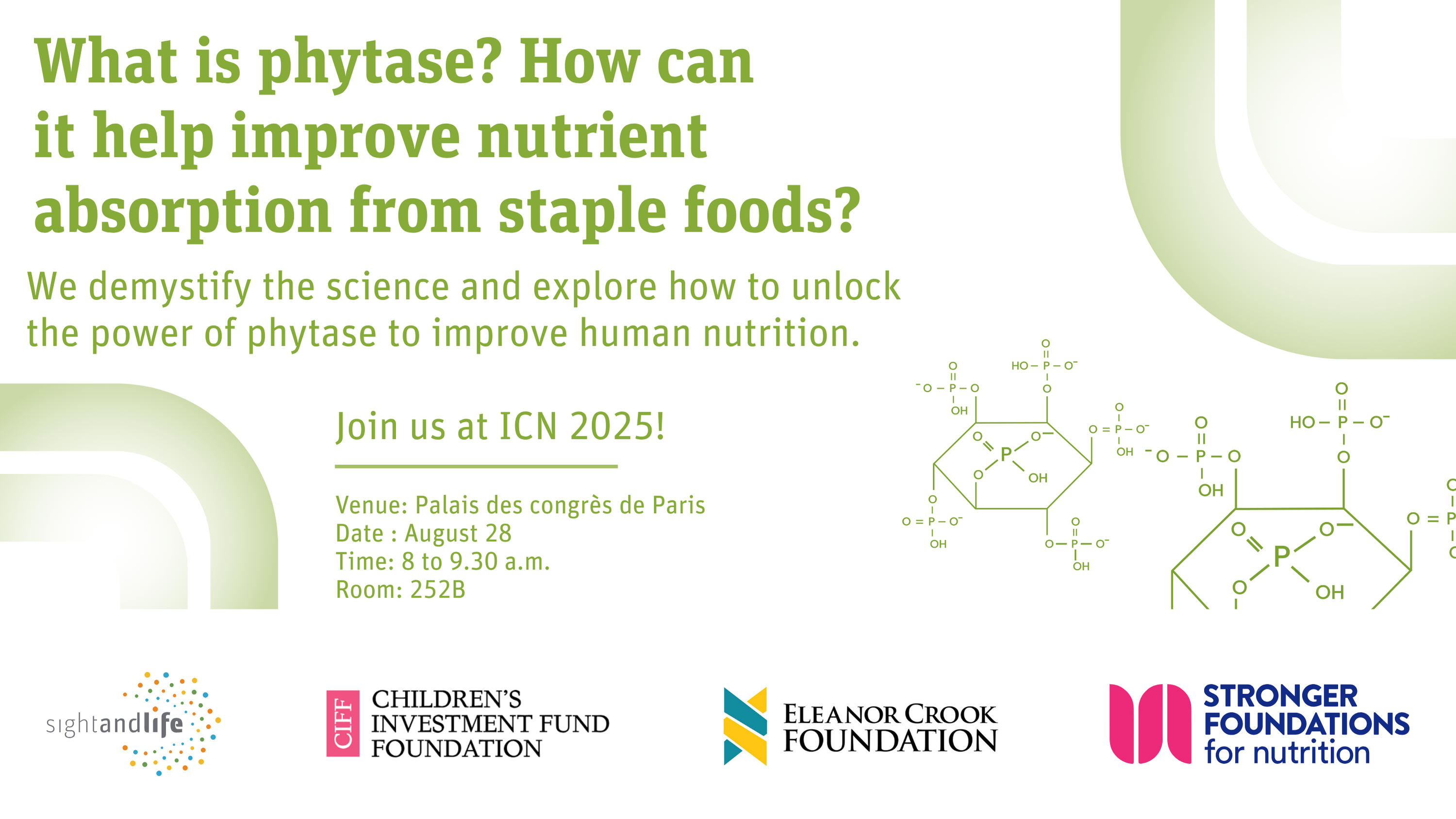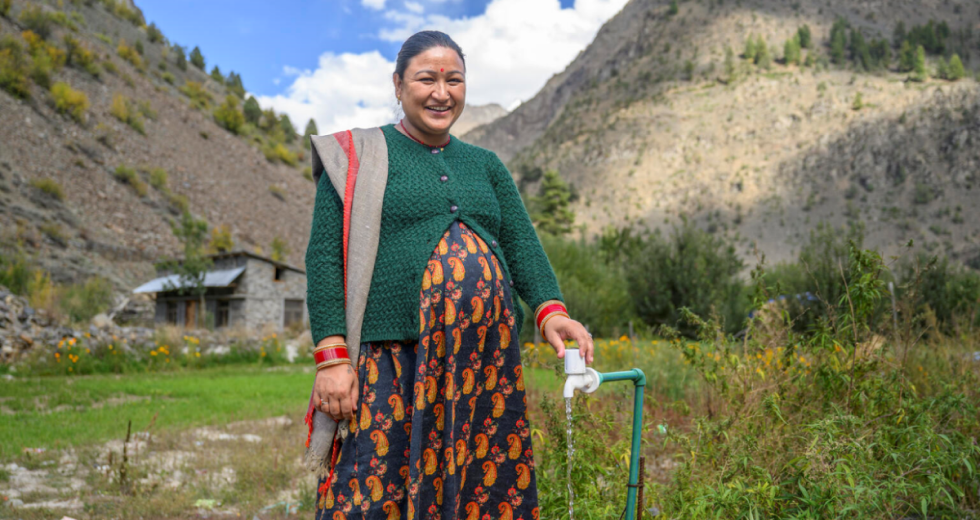Unpacking the Power of Phytase: Making day-to-day food more nutritious

Four billion people primarily follow vegetarian diets, with staple like cereals and legumes, constituting ~70% of daily calorie intake (South Asia and Sub-Saharan Africa), which are often high in phytic acid—an antinutrient inhibiting mineral absorption and protein digestibility. Studies show that incorporating phytase, an enzyme that degrades phytic acid, into food products can enhance nutrient bioavailability 2 to 5-fold from the same foods. Despite strong evidence, the addition of phytase in human foods is a novel intervention requiring in-depth technical feasibility, economic viability and consumer desirability study to understand the impact on nutrient bioavailability.
We aim to inform the audience on the benefits of phytase addition in human nutrition as well as discuss the existing challenges. During our informative session, we will learn about:
-
- Evidence gap assessment on phytase
- Lessons from success of phytase in animal feed

Unpacking the Power of Phytase: Making day-to-day food more nutritious
Four billion people primarily follow vegetarian diets, with staple like cereals and legumes, constituting ~70% of daily calorie intake (South Asia and Sub-Saharan Africa), which are often high in phytic acid—an antinutrient inhibiting mineral absorption and protein digestibility. Studies show that incorporating phytase, an enzyme that degrades phytic acid, into food products can enhance nutrient bioavailability 2 to 5-fold from the same foods. Despite strong evidence, the addition of phytase in human foods is a novel intervention requiring in-depth technical feasibility, economic viability and consumer desirability study to understand the impact on nutrient bioavailability.
We aim to inform the audience on the benefits of phytase addition in human nutrition as well as discuss the existing challenges. During our informative session, we will learn about:
-
- Evidence gap assessment on phytase
- Lessons from success of phytase in animal feed
Discover more
Partner with us
Know how we can join hands to eradicate malnutrition
Connect with us
Share your ideas, requests, and feedback
News & announcements
Find out what is new at Sight and Life
Join the team
Find the right role for you to grow and deliver impact



